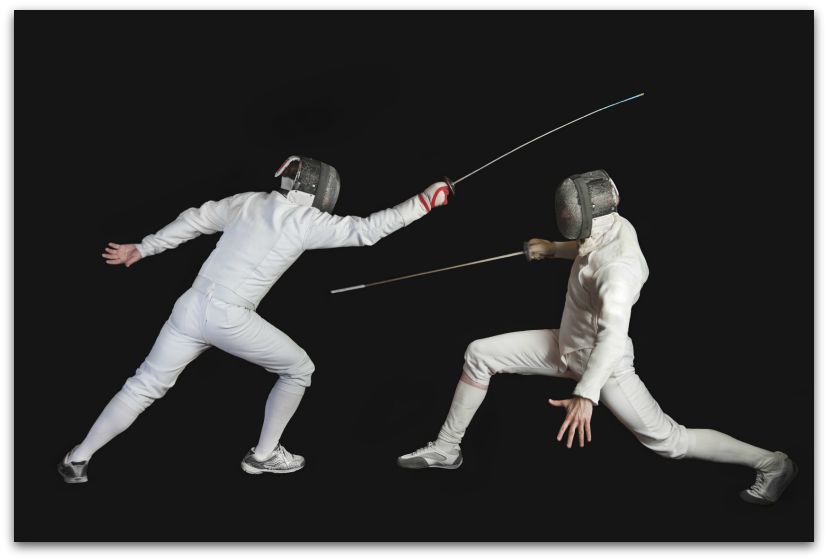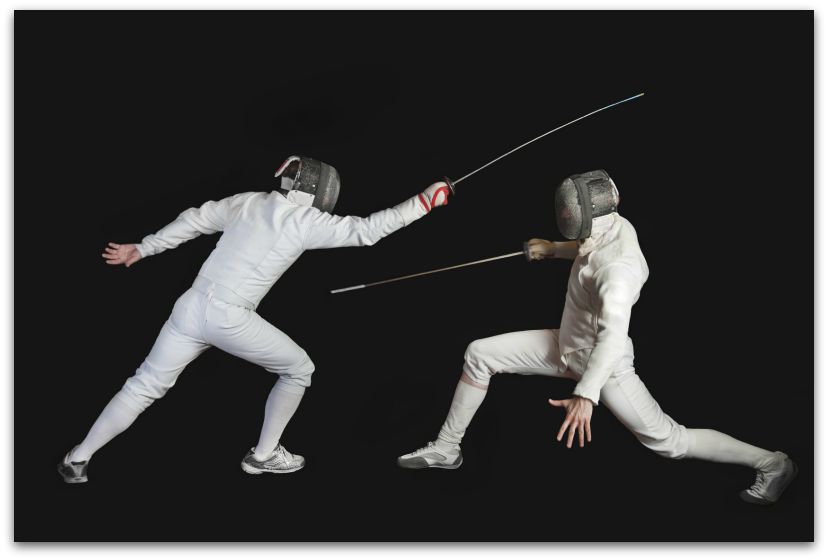If it seems like a sport that’s just two people sticking swords at each other could result in death…it absolutely could. And did.
By 1980, Vladimir Smirnov was one of the best fencers in the world, if not the best. In a sport in which the Soviet Union was always very competitive, the Ukrainian born athlete won three medals in three separate events at the 1980 Summer Olympics, held in Moscow (the ones the U.S. boycotted). Smirnov won a bronze medal for the Men’s team épée, a silver in the foil team, and the gold for the foil individual. (The “foil” and épée are two different types of swords; the foil is light and flexible, and the épée is heavier and with a thicker blade.)

The match was immediately called off as Smirnov fell in pain. He died nine days later, one of the only seven fencers to die as a result of injuries sustained in competition. The death naturally led to sweeping changes in fencing, and fencing gear safety. Carbon steel blades like the one used by Behr and Smirnov were replaced with maraging steel blades, which are much tougher and far less likely to break upon impact. Further, fencers now are more likely to wear Kevlar or strong nylon uniforms, as well as masks made with stronger steel alloys. Since the 1982 accident, there have been no deaths in high-level fencing.









